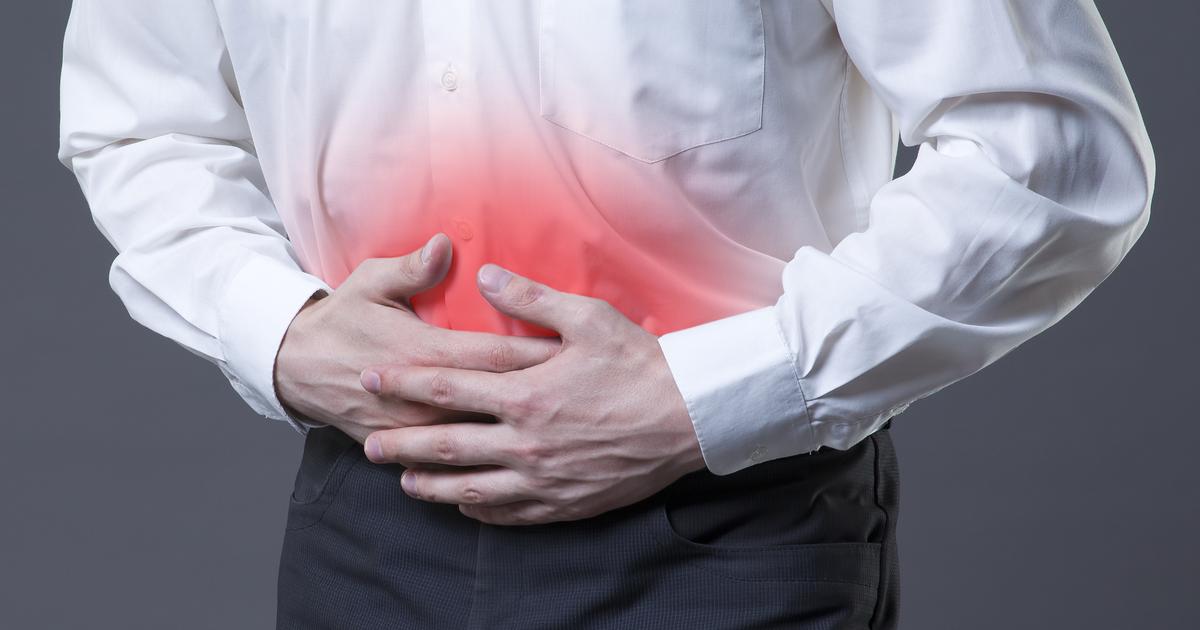10 Alarm-Ringing Signs Your Body Might Be Battling Hemolytic Uremic Syndrome
Hemolytic uremic syndrome (HUS) is a rare but serious condition that can manifest in several forms, including typical HUS, atypical HUS, and streptococcal pneumonia-associated HUS. Young children under the age of five are at the highest risk, particularly those who consume unpasteurized milk, undercooked meat, or come into contact with contaminated water or infected individuals. Poor hand hygiene after handling farm animals or exposure to unclean environments can also increase the likelihood of developing this syndrome. Diagnosing HUS involves a combination of urine, blood, and stool tests, along with a physical examination and, in some cases, a kidney biopsy. Treatment typically focuses on managing symptoms and preventing complications, using methods such as dialysis, blood or platelet transfusions, intravenous fluids, and plasma exchange. Early recognition and intervention are crucial for improving outcomes and minimizing the impact of this potentially life-threatening condition.
1. Abdominal Pain

Abdominal pain is most often seen in individuals affected by typical hemolytic uremic syndrome caused by an infection with a harmful strain of E. coli bacteria. The E. coli bacteria invade the intestinal tract and produce a byproduct called Shiga, which is toxic to the specialized tissues that make up the lining of the intestines. The Shiga toxin causes damage to the lining and blood vessels that supply the large intestine lining, crippling its ability to absorb fluid from the stool properly. Abdominal pain occurs because of the irritation, inflammation, and swelling in the intestinal tissues due to the tissue damage. The immune system responds to tissue damage in the intestine and causes further inflammation of not only the intestinal tissue but other structures around it. The nerves in the intestinal wall send pain signals to the brain in response to the damage, and the nerves in surrounding tissues become irritated from swelling and the influx of immune components to the site.
2. Fever

An elevated body temperature or fever is an adaptive response produced by the brain when harmful pathogens are present in the body. This response is triggered to create an inhospitable or unfavorable environment for the harmful bacteria, virus, parasite, or fungus affecting the individual. A fever can manifest in a hemolytic uremic syndrome patient because many cases are caused by an infection with certain types of viruses and bacteria. Bacteria known to induce fever-producing hemolytic uremic syndrome include E. coli, S pneumoniae, salmonella typhi, campylobacter jejuni, Yersinia pseudotuberculosis, Neisseria meningitides, legionella pneumophila, and mycoplasma species. Viruses known to induce fever-producing hemolytic uremic syndrome include human immunodeficiency virus, coxsackievirus, echovirus, influenza, Epstein-Barr, herpes simplex, and herpesvirus 8. When any of these viruses or bacteria enter the body, colonize, and induce hemolytic uremic syndrome, a healthy immune system will respond by raising the body temperature and producing a fever.
